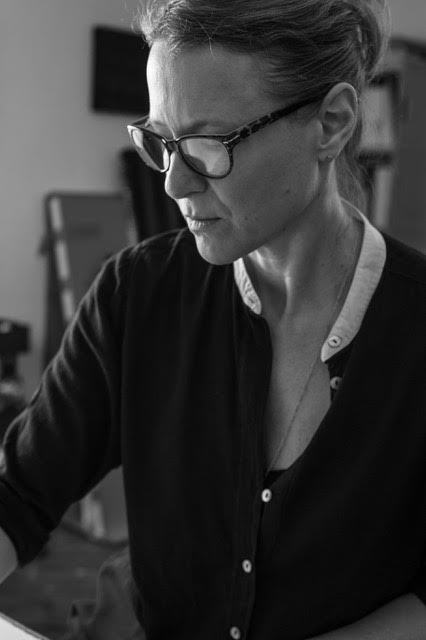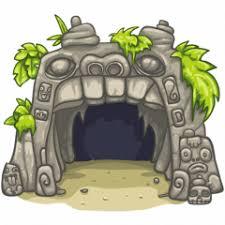 Karin’s Meditation series was our first choice for Kinnected’s featured artist. The woven threads in this series are reminiscent of the oldest and most globally relatable symbols of community that exist. The goals of mapping community, mentorship and building heritage that drive Kinnected feel very much alive in Karin’s art. We asked her about her process, and how art, health and community interconnect in her life.
Karin’s Meditation series was our first choice for Kinnected’s featured artist. The woven threads in this series are reminiscent of the oldest and most globally relatable symbols of community that exist. The goals of mapping community, mentorship and building heritage that drive Kinnected feel very much alive in Karin’s art. We asked her about her process, and how art, health and community interconnect in her life.
Does history and storytelling play a part in your work?
Yes, history and storytelling play a role in my work. I chart visual experience, I engage with systems of logging and mapping that which resists categorization. For over two decades I have considered perception and made work about it in various forms. I have explored time and place through tracing movements in nature, or drawing the geography of human movement in a given community or around a specific historic event. My process recalls the scientific investigations of ephemeral natural processes annotated by Conceptual artists of the 1960s, and in recent years has become a more esoteric log of experience.

Through a daily practice of meditation and drawing, I first observe patterns of light, then sketch these fleeting shapes before transforming them into paintings.
My work is equally concerned with an internal sense of place and an experience in the natural world. I think about geological time in the external world and internal spiritual experience in the present, in human time.
When it comes to the pieces you have made about meditation, do you feel like they are the end result of that process, or do they reflect back and change you?
The meditation series is a record and reflection on my experience of meditating and the process of making them requires such attention that the making is a meditation of sorts as well, so there are layers of experience woven into the work. Since the drawings also live in my mind, when I am meditating sometimes I will see or think about a particular drawing or painting so they do also reflect back.

Aurora by Karin Schaefer
How does art affect and/or strengthen your physical health, well-being and social connectedness?
I go to look at art several times a week either in galleries, museums or making studio visits to other artist’s studios. The activity of looking and engaging with work is an essential part of my well-being and is integral to my practice as an artist.
Making my own work is as important for my mental health as it is for the development of the work itself. In terms of community, almost all of my friends are artists, filmmakers or designers. Our connection is interwoven with work and social gatherings, it is an integrated whole where there is a blurring of the lines between work and social life.
Do you have a self-care routine or specific practice that keeps you on keel?
Therapy, meditation, yoga, and pilates have all been integral parts of my self-care routine at different times. At this point in my life meditation is daily, and I do yoga or pilates 2/3 times a week. Walking, either in Brooklyn or in the country is an important way that I find new ideas, process my experiences and find equilibrium.

How do you see art as an active part of community wellness? Do you work with community, i.e. teaching or in other ways where you can see long-standing results?
I taught art for many years to children ranging in age from 4-20, and was always inspired and amazed by how quickly the activity of making art connected students to their sense of wonder, joy and their capacity to think creatively. It always struck me how engaging in the arts allows children to access and express their own personal stories and the stories in their community. It is clear what arts programming can offer a community in terms of creating opportunities to connect, and build social cohesion. I no longer teach art but find other ways to support organizations in NYC that offer arts programming to young people.
I am also a member of all of the NYC art museums because it matters that these institutions exist not just for artists but that they are there, available and accessible to everyone in the community.
How does family play a role in your work?
My partner of 22 years is an important critic for me in the studio, the comments she makes or questions she asks always get to the heart of the work. She challenges me to grow in all ways perhaps because she does not see such a separation between what I make and who I am. I also love having my step-son, daughter-in-law and grandchildren in the studio. They have great questions, they know the work, they often see when something is changing even before I do.
How much of a driver versus how much of a conduit are you in terms of your art. How much agency do you have in creating it?
I spend a lot of time working to create the conditions that will allow me to be a conduit, those are the moments of grace as an artist. I spend hours prepping and thinking and planning and starting, and re-starting and re-working. When I do get lost in the work, when I am a conduit and there is no time, then something always happens and the work moves forward to a new place. Most of the time in the studio is spent trying to be ready, and to get out of the way so that this can happen.
How does it feel to create a piece and then have it move on to someone who might see it differently? Does trust play a role when it comes to releasing a piece into the wild?
There is usually a moment when I know a piece is finished because it is no longer my business. When a piece is not my business anymore, I am not concerned about it, it exists and I am ready for it to go out into the world, whether that is to an exhibition or directly to my dealer and to a collector. I trust in the process, so the release is making it, not having it leave the studio.
As an artist living in a large, urban city, with a fair amount of life experience, how connected do you feel to the rest of the world on a local, national and international level? How easy is it to find other artists to support and be supported by?
I feel connected both to my local community in Brooklyn and in the Berkshires. Having lived in other countries as a child I retain a sense of connectedness to a larger global community as well. I feel extremely fortunate to have wonderful groups of artists and designer friends and we are all very supportive of one another.

Ablation #4 by Karin Schaefer
What was the best advice you were given by someone that you apply to your art?
I had a drawing teacher who told me some 30 years ago that you can never get too attached or seduced by one line, or one part of a drawing, if the rest of if it isn’t working, erase it, start fresh, change it. I still think about this almost every time I work, you can’t let yourself get attached to only one aspect of a work, or even one aspect of your process.
What advice do you have for artists just starting out?
Make something every day, no matter how small, even if it is one tiny drawing that takes 30 seconds. Share your work with your peers. Invite people to your studio. Be generous with what you make even if you feel it is imperfect, or unresolved, you will always feel that is in imperfect so get used to sharing anyway. Always spend time looking at art and talking to other artists. Know what is happening in your community and go to openings and shows even when you don’t feel like it!

Aegean Sun by Karin Schaefer, 2016
If you could speak to your hypothetical twin on the other side of the world about a social, physical or emotional condition, what would you ask her?
I would ask my hypothetical twin; “How do you manage anxiety and what are your strategies for silencing or ignoring the voices of dissent?”
And if she asked me the same question, I would refer her to my answers above, and I would tell her that while I am able to know when a particular painting or drawing is finished, as for the rest, it is a work in progress.
More Stories from Kinnected
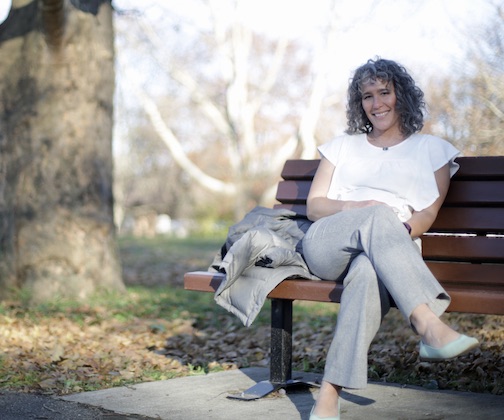
At times, it has been really frustrating to be a strategist and health communication professional and witness the lack of strategic planning and messaging that we have over the last two years.
-
3 years ago
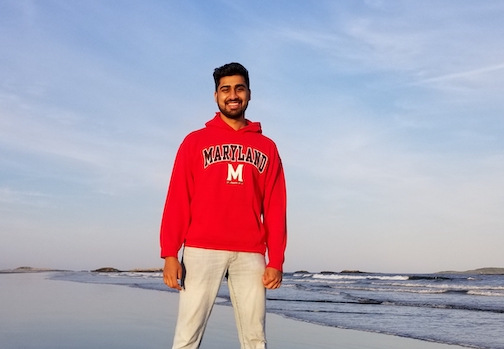
"What many people miss is that emotional exhaustion among clinicians existed long before the pandemic."
-
3 years ago
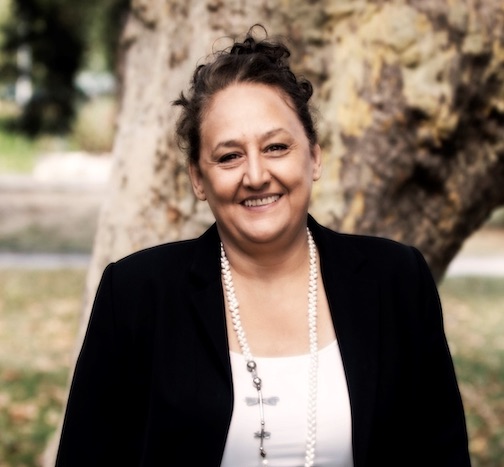
"A lot of people argue whether technology is good for the future of humanity or bad. In my opinion, it is both - just as an herb could be a poison or a medicine."
-
4 years ago
